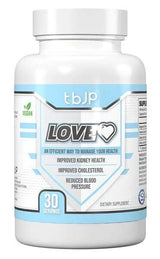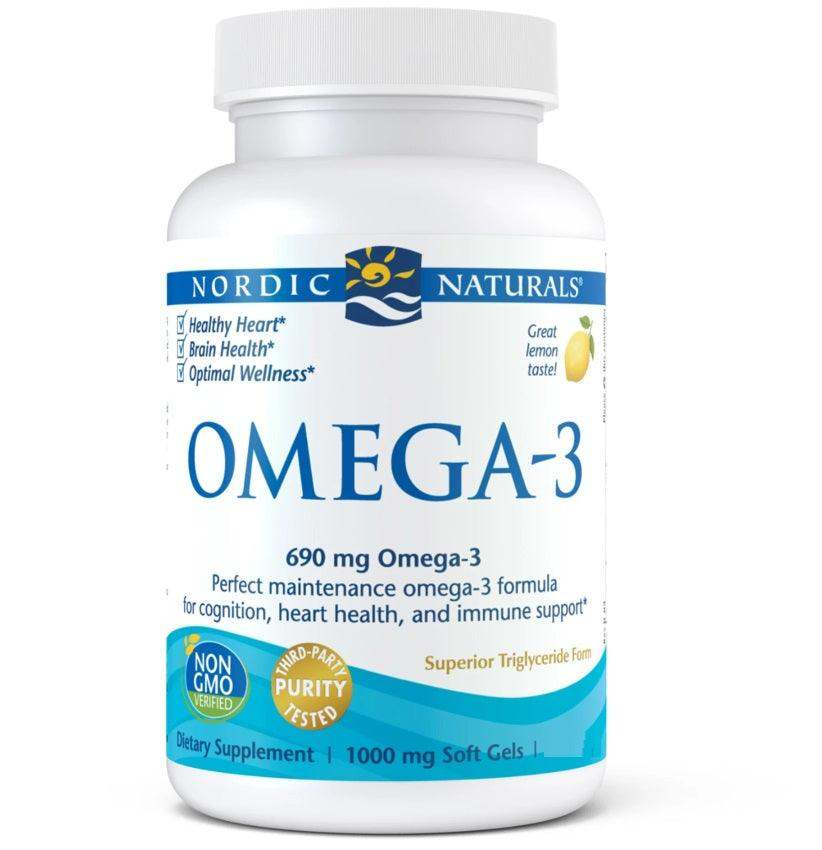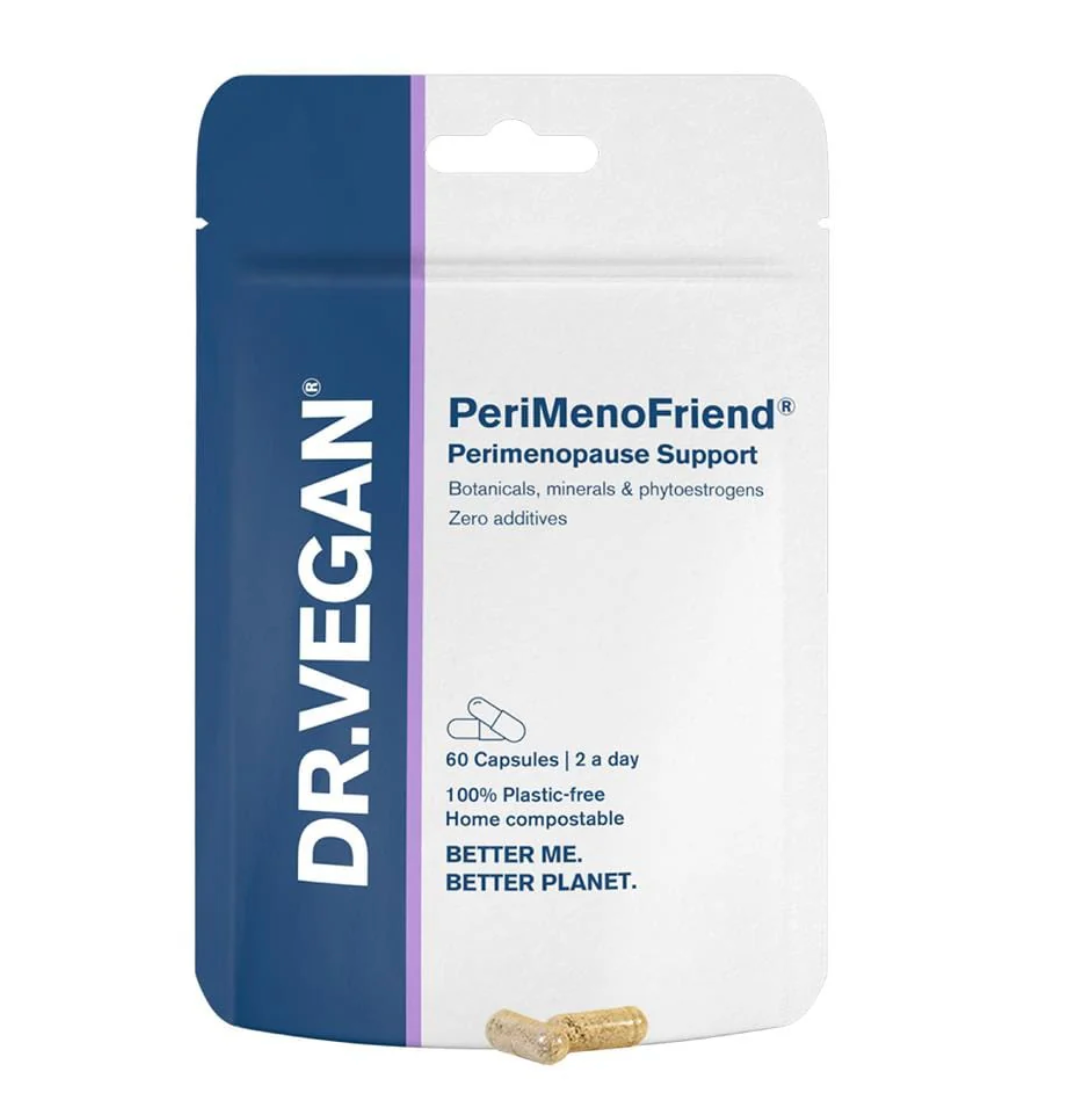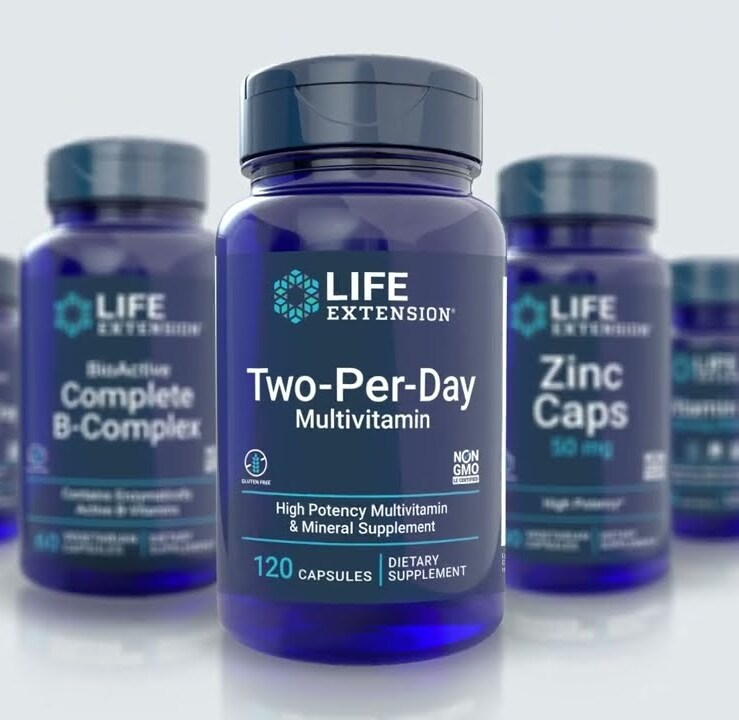
 Instagram
Instagram
Fortified Wine: Health Benefits and How to Make It


Related products
Fortified wine is a type of wine mixed with a distilled spirit, usually brandy that has been used in culinary and cultural traditions for long. This technique not only guards against damage, but it also increases alcohol levels. The concept of fortified wine dates back to the 16th century when it was invented as a way to prevent the spoilage of wines during prolonged sea voyages. Fortified wines today are known as Port, Sherry or Madeira which are famous for their strong flavors and under study of their effects on general body health. In this article, I will talk about both nutritional benefits and how can one make this kind of drink at home.
The importance of these drinks goes beyond their historical nautical application. They have come to be highly developed drinks that have a place in many societies. This change signifies not only improvement in winemaking knowledge but also recognition of unique flavors’ profiles and health aspects. Additionally, preparing fortified wine at home is an interesting undertaking, which gives individuals direct access to the ancient heritage. Represented herein are such issues as inherent health benefits associated with increased intake of fortified wines and step-by-step guidance for those who would like to prepare them themselves.
What is Fortified Wine?
Fortified wine is characterised by its production process, where fermentation is halted by the addition of a distilled spirit, usually brandy. This technique boosts the alcohol content to between 15% and 22% by volume, distinguishing fortified wines from standard table wines, which typically range from 12% to 15%. The addition of spirits not only intensifies the wine's alcohol profile but also contributes to a richer, more robust flavour.
Types of Fortified Wine
Prominent varieties of fortified wine include Port, Sherry, Madeira, and Marsala, each with a distinct production method and flavour profile. Port is traditionally Portuguese, often sweet and richly textured. Sherry originates from Spain and can vary from dry to sweet, known for its nutty aromas. Madeira, from the Madeira Islands of Portugal, is noted for its caramel-like flavours, while Marsala from Sicily is typically dry or sweet with a strong alcohol presence.
The Fortification Process
The process of fortifying wine begins with partial fermentation of the grape must. When a specific alcohol level is reached, fermentation is arrested by adding a distilled spirit. This halts yeast activity, thereby preserving some of the natural sugars of the grapes in sweet fortified wines. The process not only differentiates fortified wines from others by halting fermentation prematurely but also contributes to their longevity and distinct flavour characteristics. This method has been refined over centuries to enhance the stability and taste of the wine, catering to a variety of palates and dining contexts.
What are the Health Benefits of Fortified Wine?
Fortified wines are rich in antioxidants, including polyphenols and flavonoids, which are crucial in combating oxidative stress within the body. Dr. Emily Roberts, a nutrition scientist, notes that "the antioxidant capacity in fortified wines can be significantly higher than that of regular wines, due to concentrated grape solids and added alcohol acting as a preservative for these beneficial compounds."
Heart Health
The antioxidants found in fortified wines, such as resveratrol, have been studied for their cardiovascular benefits. Resveratrol, in particular, is known to help reduce inflammation and prevent clot formation, which can reduce the risk of heart disease. According to a 2018 study published in the 'Journal of Cardiovascular Pharmacology', moderate consumption of fortified wine can contribute to a healthier lipid profile and improved heart health.
Mental Health and Cognitive Function
Emerging research suggests that moderate intake of fortified wines could also support cognitive function and potentially lower the risk of developing neurodegenerative diseases. A 2020 review in the 'Journal of Alzheimer's Disease' indicated that the bioactive compounds in wine, when consumed in moderation, may reduce the incidence of Alzheimer's disease by up to 23%.
Moderation and Risks
While the benefits of fortified wine are promising, it is crucial to consume these beverages in moderation. Excessive alcohol consumption can negate any potential health benefits and lead to serious health issues, including liver disease and addiction. Dr. Roberts advises, "To gain the health benefits of fortified wine, one should adhere to recommended guidelines, typically not exceeding one to two glasses per day."
In summary, fortified wine offers more than just a culinary delight—it presents various health benefits that warrant further exploration and appreciation. By understanding these benefits and how to make fortified wine at home, individuals can enjoy this storied beverage in both a health-conscious and culturally enriching manner.
Popular Recipes and Variations
Recipes for Homemade Port and Sherry-style Wines
Crafting homemade Port involves starting with a high-quality red wine base, typically rich in tannins and fruit flavours. To emulate the traditional Douro style, add a grape spirit or brandy to halt fermentation and preserve some natural sweetness. For a Sherry-style wine, one could start with a dry white wine base, fortifying it post-fermentation and allowing it to age under a layer of yeast known as 'flor' to develop its characteristic nutty and complex profile.
Experimenting with Different Spirits for Fortification
The choice of spirit used in fortification significantly influences the final taste profile of the wine. While brandy is traditional, experimenting with different spirits such as whisky or rum can introduce unique flavours and aromas. It is important to consider the base wine’s characteristics and desired end profile when selecting a spirit, ensuring that they complement each other to enhance complexity without overpowering the wine's natural essence.
Flavor Variations and Adjustments
To further personalise homemade fortified wine, enthusiasts might experiment with adding spices, such as cinnamon or cloves, during the fortification process. These additions can be tailored to personal taste or removed entirely for a purer expression of the base wine and spirit. Monitoring and adjusting the sweetness and alcohol levels by varying the quantity and type of spirit added allows for further customisation of the final product.
Serving and Enjoyment Tips
Best Practices for Serving Fortified Wine
Fortified wines are best served at specific temperatures to maximise their aromatic qualities. Port is typically served slightly below room temperature, around 16°C, while Sherry excels when chilled between 7-10°C. Using appropriate glassware, such as a small Port glass for Port and a copita for Sherry, concentrates the aromas and enhances the drinking experience.
Pairing Ideas with Food
Fortified wines offer versatile pairing options with food. Rich, sweet Ports pair excellently with strong cheeses, chocolate desserts, or richly flavoured meats. Dry Sherries, on the other hand, complement lighter dishes like seafood, almonds, and olives, balancing their saltiness with its crisp acidity. Experimenting with food pairings can reveal a range of flavour interactions, enhancing both the meal and the wine.
How to Store and Age Fortified Wine for Optimal Taste
Proper storage is crucial for maintaining the quality of fortified wine. Bottles should be kept in a cool, dark place with a stable temperature, ideally within a wine cellar or a dedicated wine fridge. Aging fortified wine can develop its complexity and flavour profile, but it is essential to monitor the wine periodically. Oxidative aged wines like some styles of Sherry can benefit from longer aging, while others are best enjoyed within a few years of bottling to maintain their vibrancy and fruitiness.
People Also Ask
What is considered fortified wine?
Fortified wine is a type of wine that has been enhanced with distilled spirits, typically brandy, to increase its alcohol content and enhance its flavor and preservation.
What are the four types of fortified wine?
The four main types of fortified wine are Port, Sherry, Madeira, and Marsala, each distinguished by its unique production process and flavor profile.
What is the fortified wine crossword clue?
A common crossword clue for fortified wine is often "Port" or "Sherry," which are concise answers that fit well into puzzle grids.
What are the two most popular fortified wines?
The two most popular fortified wines are Port and Sherry, widely appreciated for their rich flavors and versatility in both drinking and cooking.
Conclusion
Fortified wines, with their rich history and complex production methods, offer a delightful experience both in crafting and consumption. By understanding how to make and enjoy these wines, enthusiasts can deepen their appreciation for a tradition that bridges culinary arts and cultural heritage. Whether creating a personal batch of Port or Sherry, experimenting with innovative fortification spirits, or mastering the art of serving and pairing, the world of fortified wines holds a treasure trove of opportunities for exploration and enjoyment.


















 Rated Excellent by 26,523+ Reviews
Rated Excellent by 26,523+ Reviews